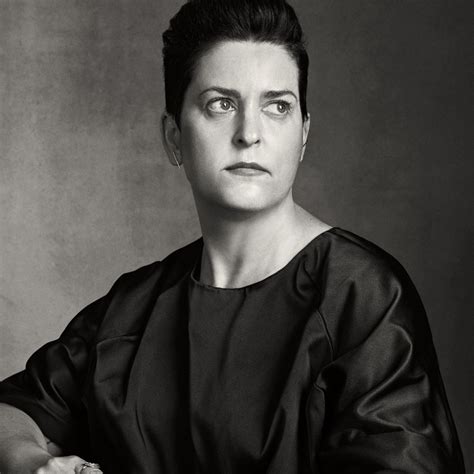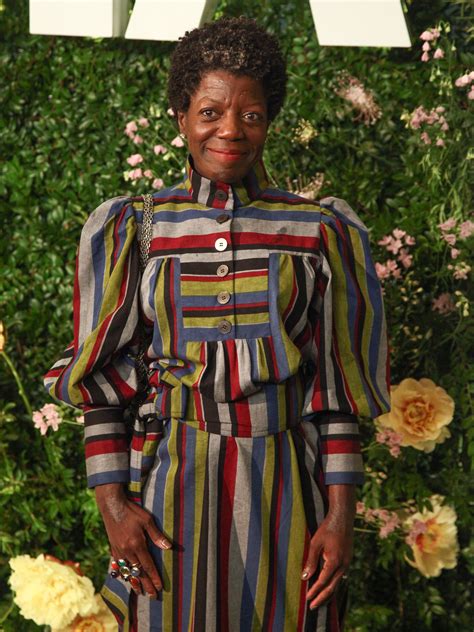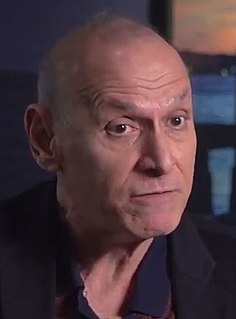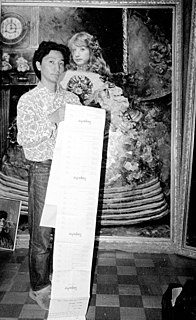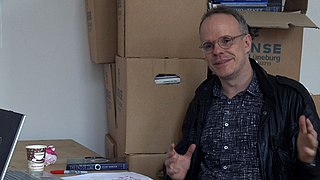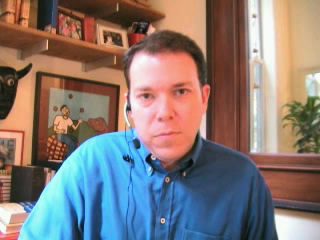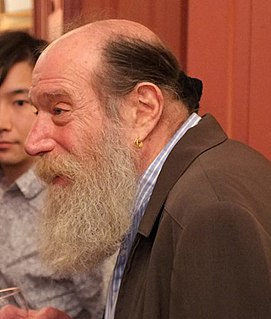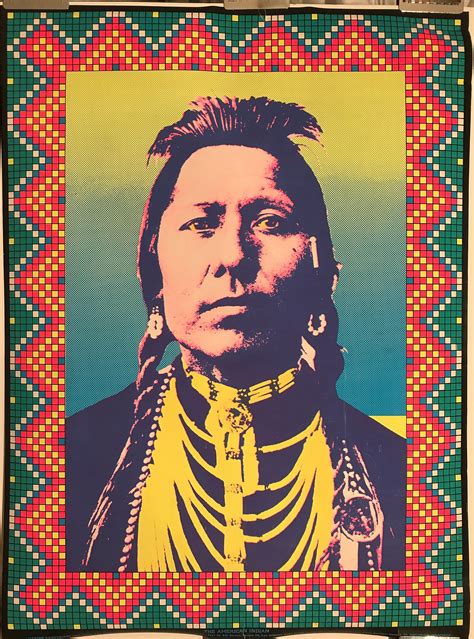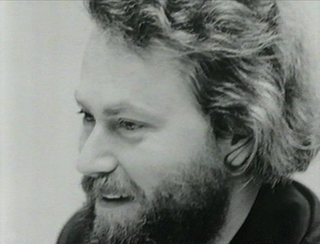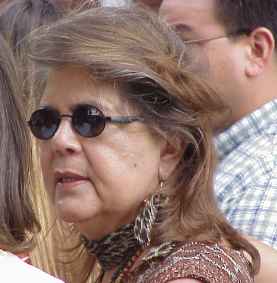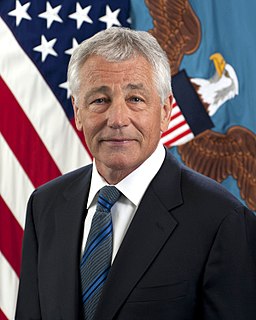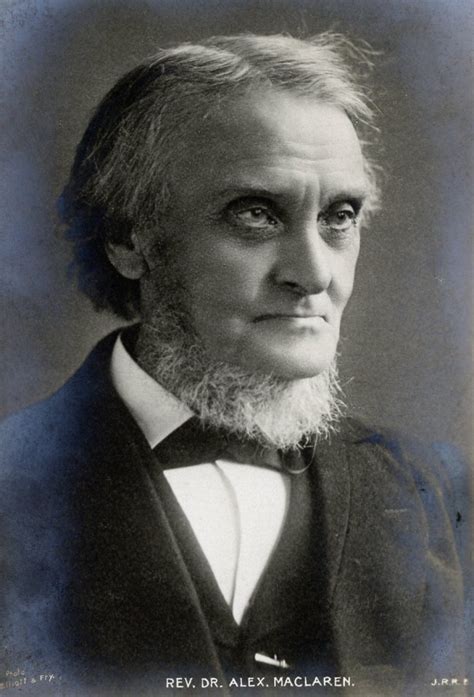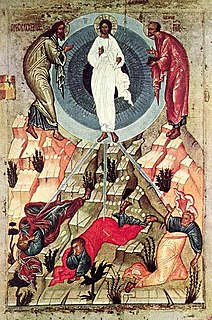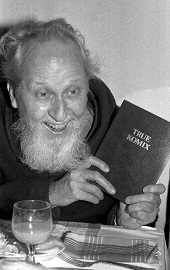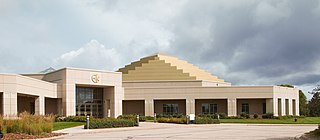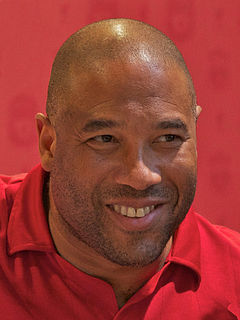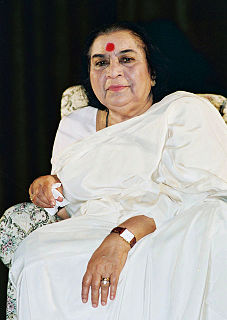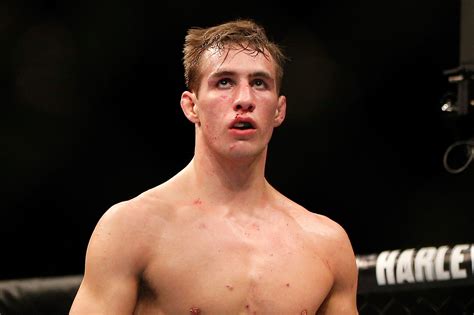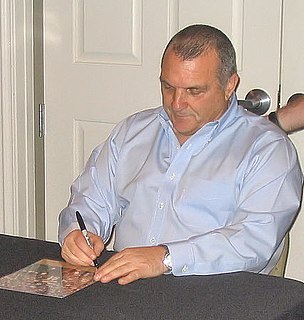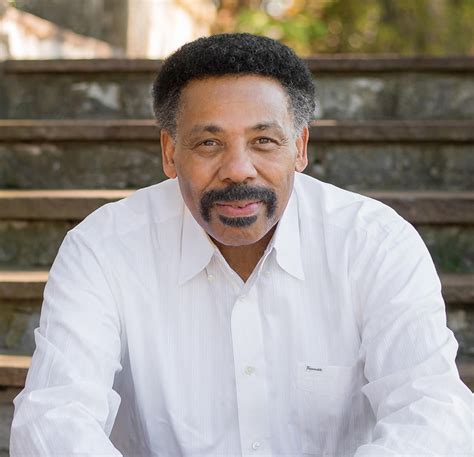A Quote by Charlotte Cotton
I think that the role of curating an exhibition is to reanimate history and make it relevant to a contemporary viewer.
Quote Topics
Related Quotes
I didn’t want a completely passive viewer. Art means too much to me. To be able to articulate something visually is really an important thing. I wanted to make work where the viewer wouldn’t walk away; he would giggle nervously, get pulled into history, into fiction, into something totally demeaning and possibly very beautiful
There is a discrepancy of somebody going to an art dealer and promising what they'll make for the next three years. And I'm old fashioned that way; I think that every exhibition you make is supposed to put you in the world, that the next exhibition is spinning off of that. It's almost like a riff. And if you know what you're going to do for the next three years, why don't just do it the final point? You would think, in a progressive situation, that the final would be the best.
I don't need to control the mind of my viewer. Now this might sound contradictory because I want to make these installations set up an environment that will produce a certain kind of experience in the viewer, but beyond a certain point, I take hands off and leave it up to chance and personal experience. So maybe it's a marriage of control and no control we're talking about where the artist produces the artifact or the environment and then walks away from it, and the second half of the equation is the viewer and their personal history and how they feel about what they're experiencing.
The fact is that the camera is literal if anything, which gives it something in common with a thermometer... Often the tension that exists between the pictorial content of a photograph and its record of reality is the picture's true beauty. There is sleight of hand in photography... you make the viewer think he's seeing everything while at the same time you make him realize he's not. I try to make my pictures seem reasonable and then, at the last minute, pull the rug from beneath the viewer's feet, very gently so there's a little thrill.
